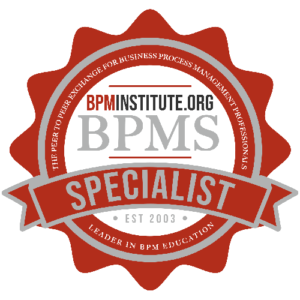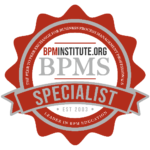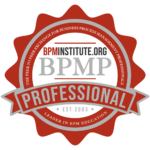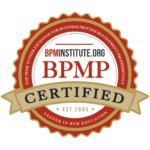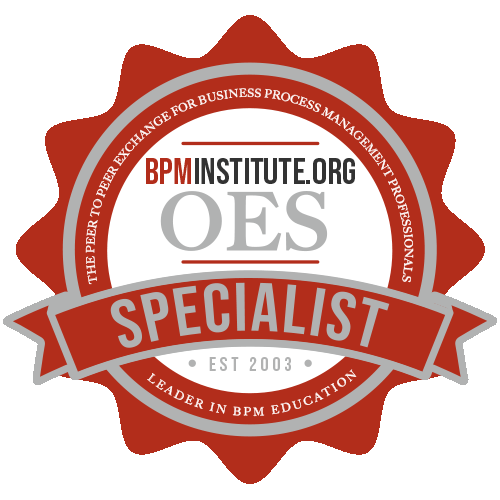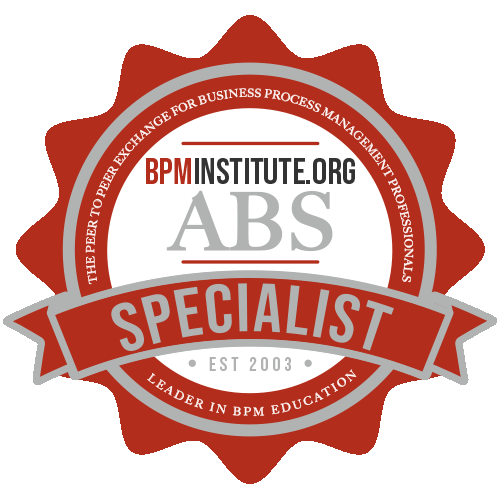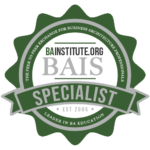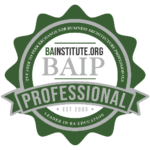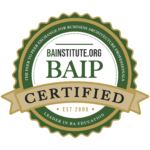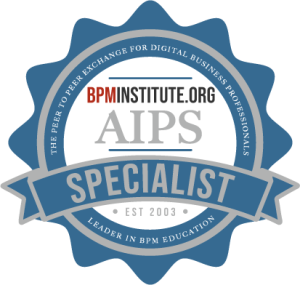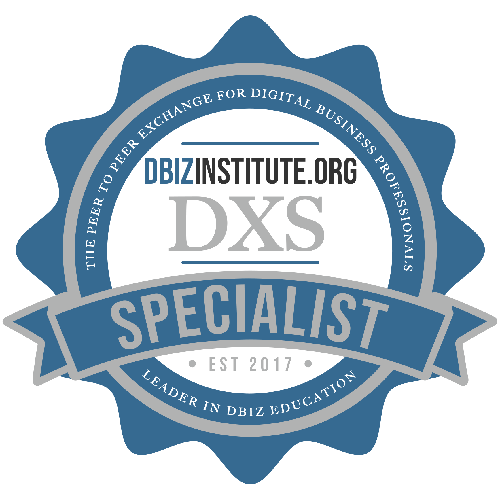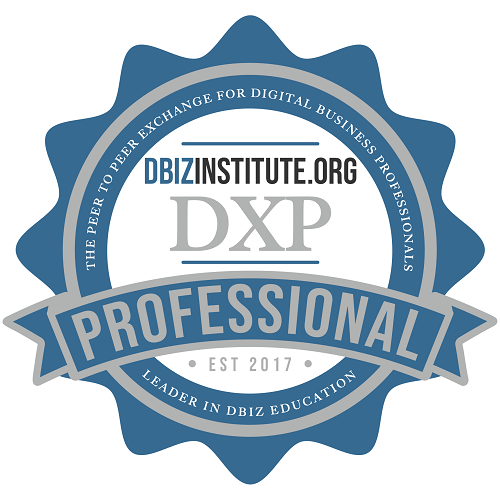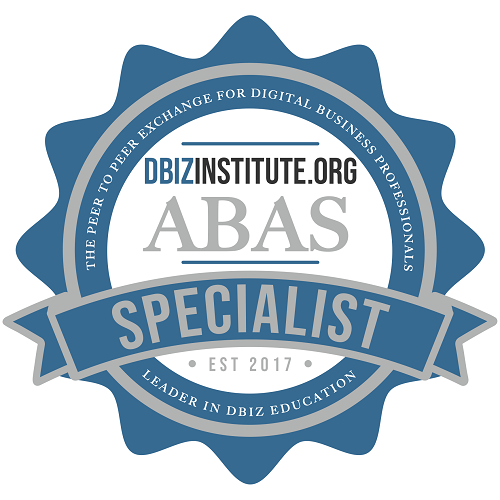Home / Resources
Resources
Discover a Wealth of BPM Knowledge and Expertise at BPMInstitute.org!

Case Study: Business-Aligned Decision Framework Approach Provides a “Disruptive” Enabler for Dramatic Improvements in Business Process Management
Gary DeGregorio has worked in business and engineering process, methods, and tool-applied research for over 22 years. His work focuses on requirements and decision management, decision-based processes, innovation and collaboration frameworks, and knowledge/information architectures, as well as strategic methods and tools for roadmapping. DeGregorio is an Associate of the Motorola Science Advisory Board (SABA), one of the highest awards for technical achievement within Motorola.
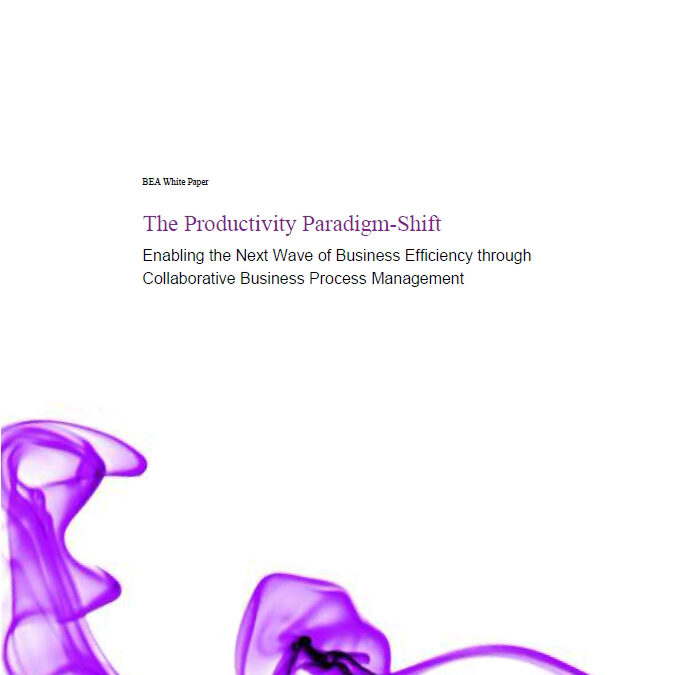
The Productivity Paradigm-Shift: Enabling Business Efficiency through Collaborative BPM
Today, most BPM tools see human task as an end point – making an accept, reject, or delegate decision. The system is oblivious to what that person needs to arrive at a decision – who he needs to talks to, the documents he needs to reviews, the people he must email. In order to capture the totality of the process lifecycle, BPM must enable collaboration – not just in in aligning business and IT goals and deliverables during the development cycle, but with functions that capture and promote end-user productivity.

BPMS Watch: In Praise of Integration-Centric BPMS
It would be easy to come away from a BPM conference thinking the primary objective of business process management is improving human work – making it faster and more productive, less error-prone, more compliant, more flexible and adaptive to changing business needs, and more measurable in support of performance targets. And for many business processes, those are indeed BPM’s goals, both as a management discipline and as a software technology.

BPM, SOA, and EA are Converging
Many strategic initiatives today are focused on enterprise architecture (EA) development, business process management (BPM) and service-oriented architecture (SOA) development.

Do Things Really Change?
Is anything really new?
The fashion world, television and the IT landscape all have something in common. It often seems like we are seeing reruns: centralize versus decentralize; market proliferation versus market consolidation, privacy versus security, and standards versus innovations. Now, every time you turn around you hear about SOA. Does SOA really matter, or is it just another hard to explain three letter acronym?
First, I believe it does really matter, and that it is different.
Is anything really new?
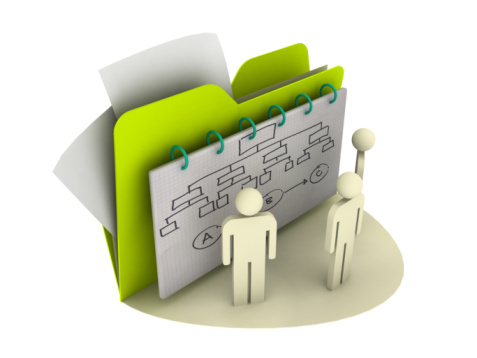
Becoming A Process-Focused Organization
Process management is comprised of end-to-end documentation, improvement (from radical to continuous), and management of organizational processes. Decisions are data-driven and based on customer satisfaction metrics, quality, timeliness, and cost. The responsibility of monitoring process performance and facilitating process changes belongs to a process advisor or manager. Administering processes is dramatically enabled by business process management technology.

Corporate Process Due-Diligence should include Business Agility
Business Agility is the ability to run profitably in changing economic conditions by producing high-quality, customer-focused goods and services. Theorists in business management and technology agree the key to achieving agility is in a focus on business processes.
For instance, In the February, 2007 issue of Harvard Business Review, “How Managers’ Everyday Decisions Create or Destroy Your Companies Strategy”, Bower and Gilbert describe intransigence of sales personnel at dealerships for a leading automotive manufacturer.

Seeing the World from a Process Point of View
Simon Hayward is chief of research for software and a Gartner fellow emeritus. With an interest in the relationship of business processes, software applications and software infrastructure, he oversees research in the software sector and develops integrative activities between research areas. He will deliver the featured analyst keynote address at the Business Process Management Conference in June in San Francisco.
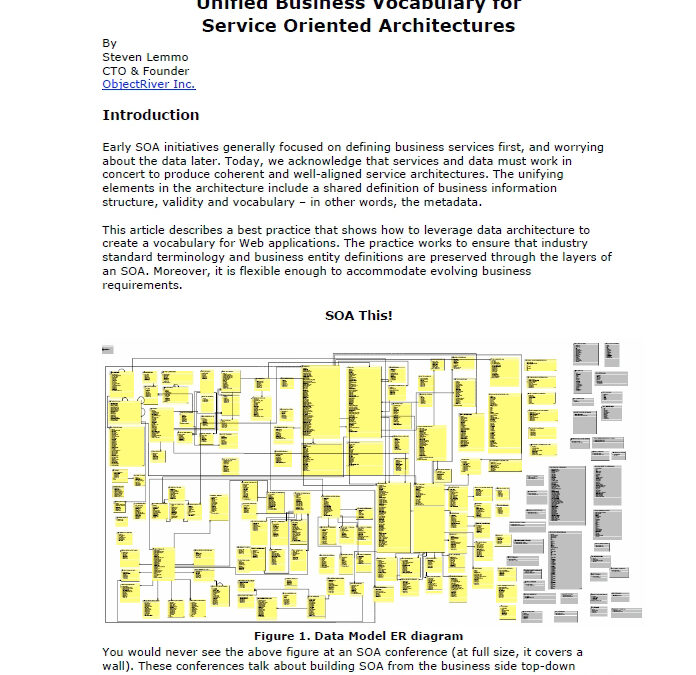
Leveraging Data Models to Create a Unified Business Vocabulary for Service Oriented Architectures
Early SOA initiatives generally focused on defining business services first, and worrying about the data later. Today, we acknowledge that services and data must work in concert to produce coherent and well-aligned service architectures. The unifying elements in the architecture include a shared definition of business information structure, validity and vocabulary – in other words, the metadata.

Business Unit Focused Business Analyst or Technical Systems (IT) Focused Business Analyst: What are the differences?
Companies have long understood the need for project management; but project based business analysis has always been an open item for discussion and displacement. Businesses are beginning to see the value in having the expertise that a business analyst can bring to a project. However, these same organizations continue to struggle with determining the appropriate area of the company that will serve as the best fit for the business analyst (BA) role, in part due to a misunderstanding of the differences between a business unit focused business analyst (BFBA) and a technical sy

Leaping into the Next Generation of BPM
Molson Coors is the fifth largest global brewer with a combined annual volume of 60 million hectoliters and net sales of more than $6 billion. It leads market share in Canada and in the UK with growth profile in the US and emerging market opportunities in Brazil. Molson Coors employs 15,000 employees worldwide in 18 breweries serving 40 brands.
Coors turned to BPM in 2001 before the merger with Molson to develop a business architecture that would organize its business processes in a structured way.
Nimble Banking: Leveraging BPM, BR and SOA in Banking
Keeping customers, attracting new customers, rapidly delivering new products, providing consistent service through multiple channels (branch office, internet, ATM, telephone) and meeting regulatory requirements is a daunting pursuit of retail bankers. This demanding proposition requires the continual development of a portfolio differentiated financial services, which requires a significant investment in transforming IT.
Personalized Insurance: Leveraging BPM, BR and SOA in Insurance
Competitive pressures, poor investment returns, substantial claims payouts, demanding customers and independent agents, new regulatory challenges and complicated processes have led to increased complexity in insurance operations. Insurance professionals must be flexible and move quickly to respond to the conditions in their industry and achieve the three strategic objectives necessary to thrive: delivering new services, increasing customer loyalty and achieving a lower cost structure.

A Balanced Perspective
Many firms are just doing isolated one-time process improvements with little consideration to deploying the sustainable improvement and management of their large, cross-functional business processes. They don’t realize that the fundamental concepts underlying BPM are all about customer focus and value creation and that requires a different leadership mindset.
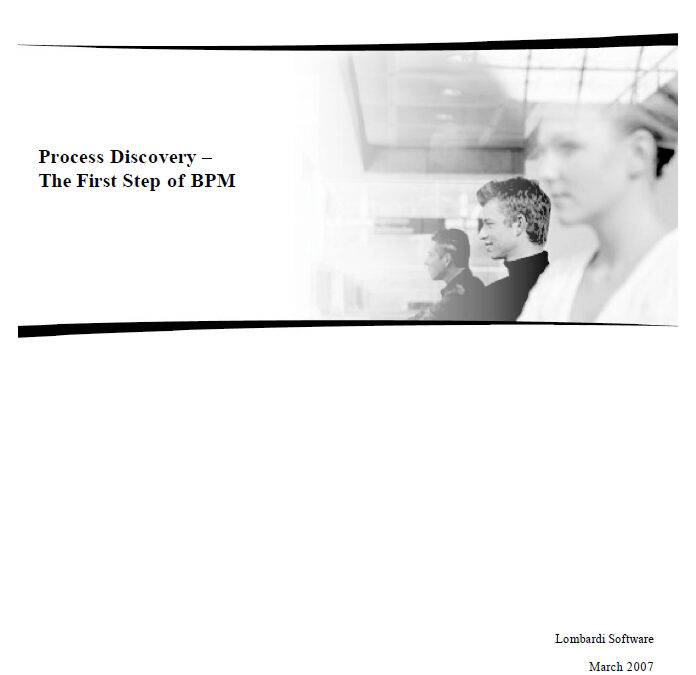
Process Discovery – The First Step of BPM
How do you pick the process that best addresses corporate objectives, current problems and feasibility concerns?
Every company considering an investment in Business Process Management (BPM) practices and technology asks this question. This is called process discovery. It is a crucial capability for your organization. Learn about the challenges of process discovery, what capabilities you need to develop and how Lombardi’s Blueprint can help you get started with BPM.

How Much Will Your SOA Cost?
I’m consulting now…at the project and strategy levels…and thus finding that a lot of real work needs to be done to get SOAs up-and-running. For most organizations, the first step of their SOA project is to figure out how much this SOA will cost. Thus, you can budget appropriately and obtain the funding.
It’s a good first step, but most organizations that want to build an SOA don’t have a clue how to approach the cost estimation process. In many cases, they grossly underestimate the cost of their SOA, hoping their bosses and accountants won’t notice later.

The Business Transformation Imperative
Introduction
In today’s ever-changing business environment, it is imperative for enterprises to adapt quickly to not only deal with the change, but in many cases, exploit it for competitive advantage. Change can manifest itself in the form of new technology, new entrants into enterprises’ market space, competitors adapting new processes, changes in customer preferences and demographics, new government regulations, and so on. The rate of change in recent years has been much higher than in the past.

BPM vs ISO
Often I am asked, “What is the difference between BPM and the popular quality method known as ISO?” My experiences both in Operations Management and in Business Process Management have provided some major contrasts in the two approaches.
Collaborative Manufacturing: Leveraging BPM, BR and SOA in Manufacturing
This pre-conference session will provide an in-depth view of newer manufacturing management initiatives including CPFR®, lean manufacturing, demand driven manufacturing, collaborative manufacturing, the digital enterprise and optimized regulatory compliance. The instructor will then show how BPM can be used to most effectively meet the objectives of these initiatives by connecting information resources across the plant, the enterprise and the value chain. This program will give you the ability to identify opportunities and implement tools that address real business issues and ente

Reflections on BrainStorm’s Business Architecture Conference
It’s always exciting to attend a large conference bustling with like-minded people, especially when the subject matter teeters on the cutting edge of a new market space, and BrainStorm’s Business Architecture Conference in New York City last November was no exception. It was my first Business Architecture conference and BrainStorm’s second, but no college curriculum could possibly rival the depth and scope of the information imparted to me during those two days. From the opening remarks through the final wrap-up, I was intrigued and completely captivated as speaker after speaker p
